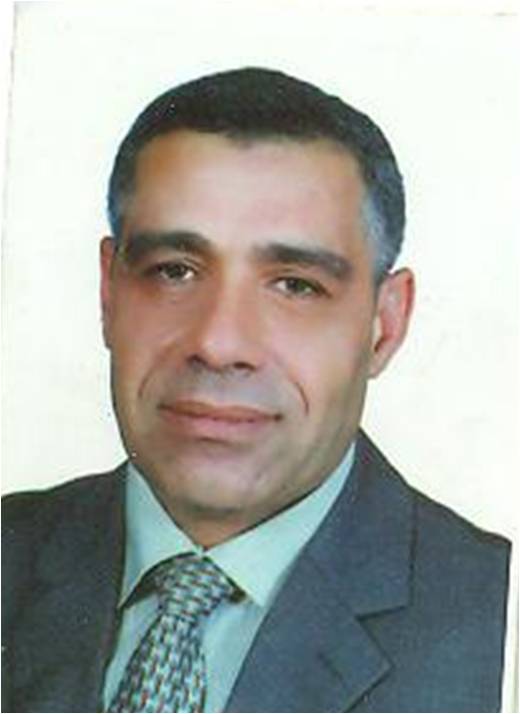This work was conducted to study the effect of uranium on TNFR2, TGFβ2 and (HSP70) as an active cell cytokines and induced protein for their important protective role. So, newly hatched larvae (one day old) of grass carp, Ctenopharyngodonidella, were exposed to ascending concentrations of uranium equivalent to 1, 2, 4, 8mg/l for a week of exposure. Deformations and percentages of mortalities and hence LC50 was determined. Consequently, newly-hatched larvae were exposed to the lowest concentration to achieve the chronic treatment for 30 days in addition to the control. During the experimental period at 5th, 15th and 30 days, selected specimens of control larvae were fixed to follow up the expression of TNFR2, TGFβ2 and (HSP70) normally. Meanwhile, uranium- exposed larvae were fixed at the end of the experimental period to evaluate the effect of uranium on both TNFR2, TGFβ2 and (HSP70) compared to control. Sections were prepared for immuno-staining using specific antibodies. The results revealed a concentration-dependent mortality and deformations. Increased expression of TNFR2, TGFβ2 and (HSP70) in different organs of control larvae was age-dependent except for the TGFβ2 in liver which tend to decrease from 15 – 30 days-old larvae and it is restricted to the brush border of the intestinal cells compared to that of either TNFR2 or HSP70. In uranium-exposed larvae inhibition of cytokines in contrast to the up-regulation of HSP70 were noted in the studied organs (brain, retina, liver, muscles and skin) compared to control. In conclusion, the expression of both the cytokines and the heat shock protein in the larvae of the grass carp and its affects with chronic uranium exposure contribute to improve our understanding in the role of these components in protection and/or treatment against uranium-induced carcinogenicity in long term exposure.

